Pose Running
In recent years, running has become extremely popular as a leisure activity. It has also been widely used as the way to get in shape and stay fit. Running is also a integral part of many Crossfit WODs, and technique is as important as any other workout to prevent injuries and attain the full benefits of each WOD. If I asked you about your running technique and whether you heel-strike or land with your knees straight though, you probably would not be able to answer the question. We tend to mainly focus on how to run faster or further rather than working on movement technique. If we devote some of our efforts on improving our technique though, it can help prevent injuries, improve performance and achieve your goals more efficiently. One method of running that has been widely accepted in the Crossfit community to achieve this is called Pose Running.
Pose Running
Principles
1. Running should be easy, effortless, smooth and flowing.
2. Runner should have very high cadence rather than a long, extended stride length.
3. Maximize your effort in removing your support foot from the ground.
4. Maximize the use of gravity to pull the runner forward.

Image from PoseTech Website
Technique
1. Raise your ankle straight up under your hip, using the hamstrings.
2. Keep your support time on the ground short
3. Your supports is always on the balls of your feet
4. Do not touch the ground with your heels
5. Avoid shifting weight over your toes: raise your ankle when the weight is on the ball of your foot
6. Keep your ankle fixed at the same angle
7. Keep knees bent at all times
8. Feet remain behind the vertical line going through your knees
9. Keep stride length short
10. Keep knees and thighs down, close together, and relaxed
11. Always focus on pulling the foot from the ground, not on landing
12. Do not point or land on the toes
13. Gravity, not muscle action, controls the landing of the legs
14. Keep shoulder, hip and ankle in vertical alignment
15. Arm movement is for balance, not for force production

Benefits
1. Run with less cost (energy use) and less effort
2. May improve training with faster recovery times
3. May help prevent injuries
Pose Running
Principles
1. Running should be easy, effortless, smooth and flowing.
2. Runner should have very high cadence rather than a long, extended stride length.
3. Maximize your effort in removing your support foot from the ground.
4. Maximize the use of gravity to pull the runner forward.

Image from PoseTech Website
Technique
1. Raise your ankle straight up under your hip, using the hamstrings.
2. Keep your support time on the ground short
3. Your supports is always on the balls of your feet
4. Do not touch the ground with your heels
5. Avoid shifting weight over your toes: raise your ankle when the weight is on the ball of your foot
6. Keep your ankle fixed at the same angle
7. Keep knees bent at all times
8. Feet remain behind the vertical line going through your knees
9. Keep stride length short
10. Keep knees and thighs down, close together, and relaxed
11. Always focus on pulling the foot from the ground, not on landing
12. Do not point or land on the toes
13. Gravity, not muscle action, controls the landing of the legs
14. Keep shoulder, hip and ankle in vertical alignment
15. Arm movement is for balance, not for force production

Benefits
1. Run with less cost (energy use) and less effort
2. May improve training with faster recovery times
3. May help prevent injuries














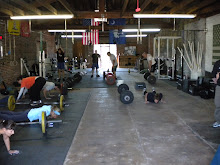
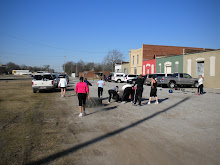

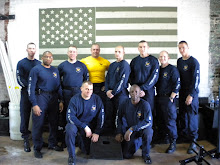



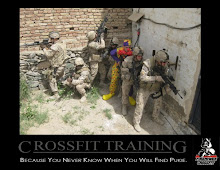
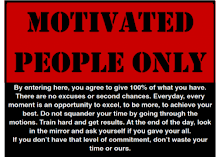



No comments:
Post a Comment